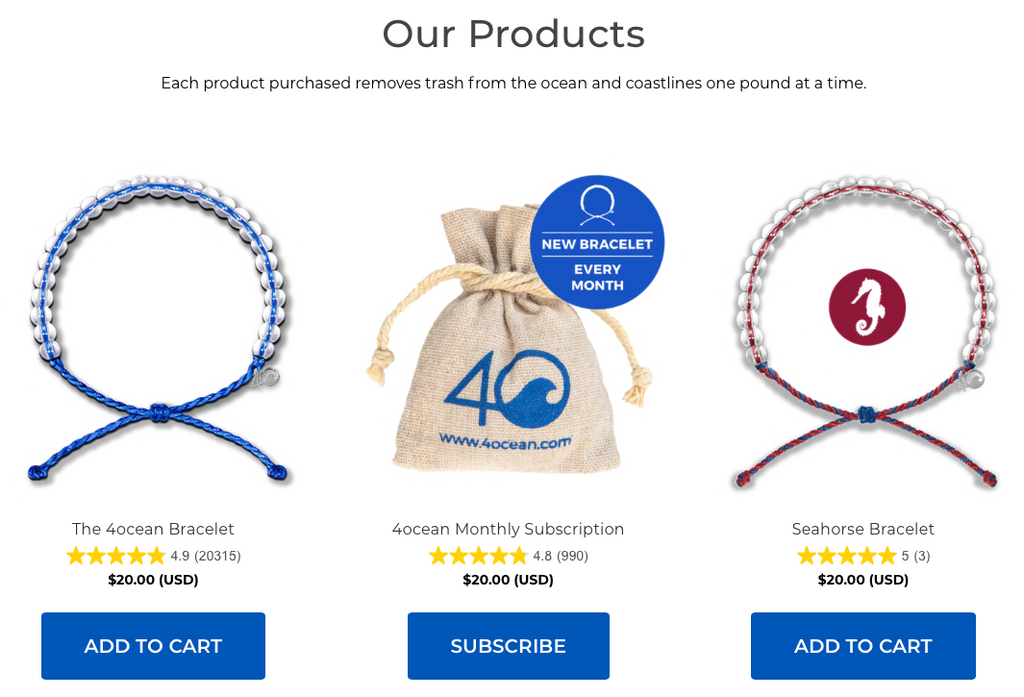Manta rays are some of the most incredible and amazing creatures in the ocean. These gentle giants are the largest of the ray family, with a wingspan of up to 29 feet and weighing more than 5,000 lbs. (about 2,200 kgs.), that's almost three times the weight of a Volkswagon Beetle! They have the largest brain to body ratio of any shark/ray species and are known for their mellow and sometimes playful disposition towards divers. However, mantas are being threatened from many angles and they need all the protections we can give them. Poaching, boat strikes, entanglement, and ingestion of microplastics all pose a significant threat to their survival.
Mantas are filter feeders and eat things like plankton and krill using specially adapted gill rackers to capture their prey. Because of the way they feed, mantas are especially susceptible to eating microplastics as part of their diet. "Everything in the water 30 years ago, 50 years ago was edible," said Louis Psihoyos, Founder of the Oceanic Preservation Society and Director of the Oscar-winning film Racing Extinction. "Now half of what they consume may be plastic. It is really pitiful what we are doing to our oceans."
Another one of the biggest threats to manta rays is the taking of this species for their gills. "There was an island in Indonesia that was killing more manta rays than any other place in the world," said Psihoyos. "Their gills are being harvested for bogus Chinese medicine." Luckily enough, a few members of the Oceanic Preservation Society were able to successfully lobby CITES (Convention on International Trade in Endangered Species) to get the species listed as "endangered" and now this same area of Indonesia that was killing mantas at an alarming rate is one of the largest manta protected areas in the world.
"The impossible only seems impossible until someone pulls it off," Psihoyos adds.
4ocean has partnered with the Oceanic Preservation Society to bring attention to the plight of the manta ray. With award-winning films like Racing Extinction, they are bringing this information to the world in hopes of stopping the decline of this majestic species. Because manta rays have such a long birthing cycle and don't reach sexual maturity until later in life, they are especially susceptible to overfishing. Check out some of our conversation with them, click here.....
When you purchase a 4ocean Manta Ray Bracelet, you are not only pulling a pound of trash from the ocean and coastline, but you're also helping us to support a great organization like the Oceanic Preservation Society so they can continue to make ground-breaking documentaries that tell the story of the ocean and all the creatures within it.
Make sure you follow us on Facebook, Instagram, and Twitter to stay up on all things 4ocean. Also, make sure to join the conversation on our new Discover 4ocean Facebook Group. We have some really amazing things lined up for this year so make sure to check back often!






